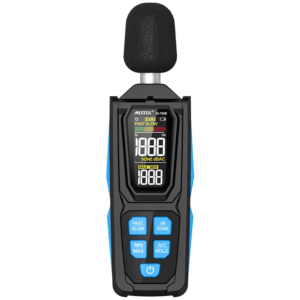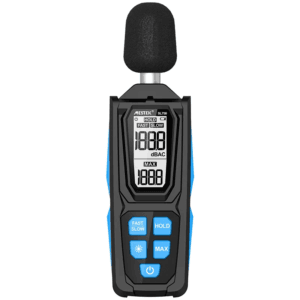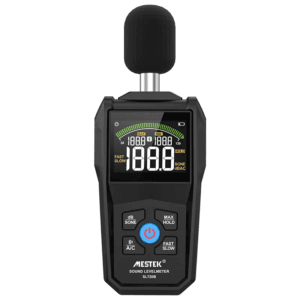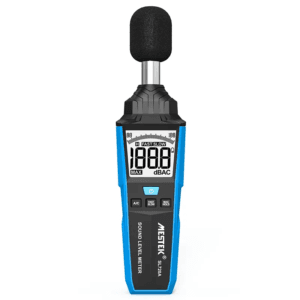SL720 sound level meter is a high-performance sound measurement tool. Designed for accurate sound measurements in a variety of environments. It has a measurement range of 30~130dB with an accuracy of ±2dB. The SL720 is equipped with A and C weighting functions, suitable for frequency response measurements. It has a dynamic characteristic switch, supporting FAST (125ms) and SLOW (1000ms) modes. The SL720 sound level meter is equipped with an easy-to-read backlit display, showing 4 digits with a resolution of 0.1dB. Supporting data hold and maximum data recording functions, it is very suitable for professional sound engineers and DIY enthusiasts.
Functions
| Sound Pressure Measurement Scope | 30~130dB |
| Accuracy | +2.0dB |
| Sound Pressure Frequency Response | 31.5Hz~8kHz |
| Dynamic characteristic of soundpressure(F/S switch) | FAST:125ms(Default uses) |
| SLOW:1000ms | |
| Sound pressure frequency weighting | A/C Weighting |
| Display | 4-digit LCD Display |
| Resolution | 0.1dB |
| Testing with Lo or Hi Range | Lo range when less than 100dB, auto switch toHi range when over 100dB |
| Data Hold | Yes |
| MAX | Yes |
| Battery | 2*1.5V AAA |
| Dimension | 195*42*24(mm) |
| Weight | About 106g |
| Safety Level | CE(EMC) |
| Standard Accessories | Sound Level Meter -Batteries-User Manual-Color Box |
Factory Showcase
Mestek achieves high standards and high consistency in product inspection and calibration through precise machinery and a clean environment.
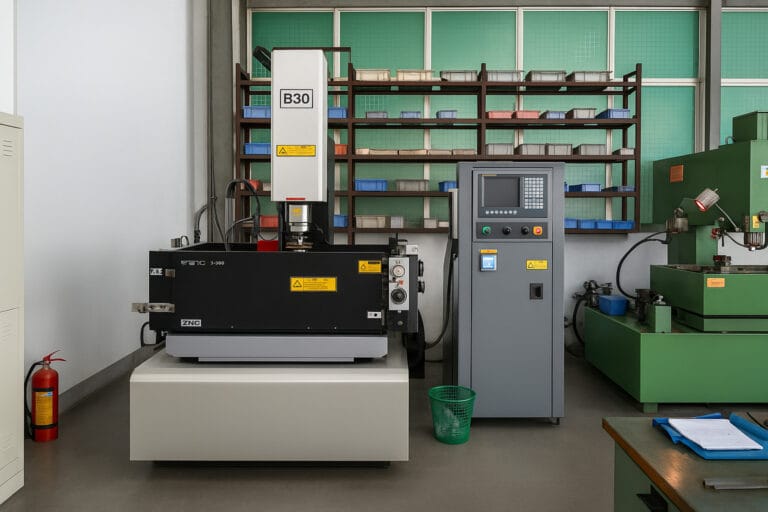
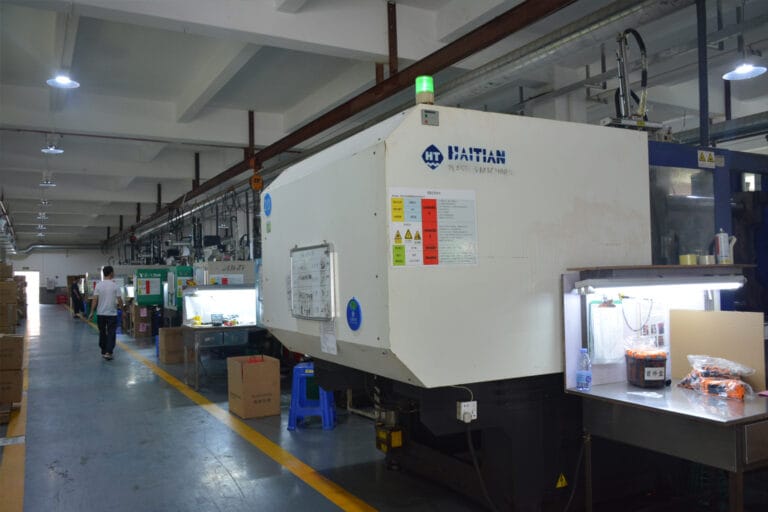

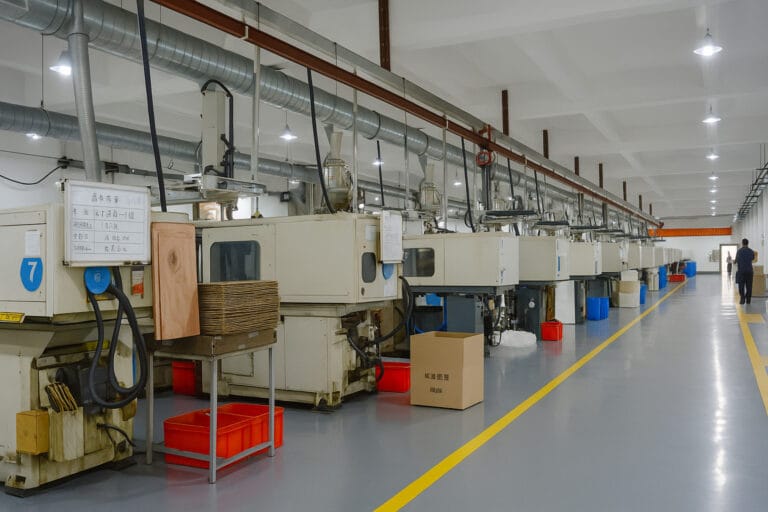
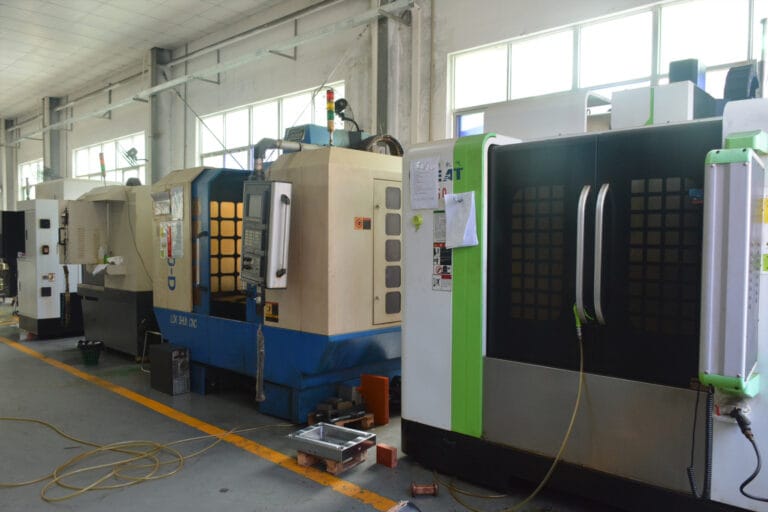
FREQUENTLY ASKED QUESTIONS
How to use sound level meter?
To use a sound level meter, turn it on and choose the desired weighting (A or C) and response time (Fast/Slow). Hold it at arm’s length with the microphone facing the sound source, avoiding obstructions and reflections. The meter displays real-time sound levels in decibels (dB).
What does A/C weighting mean in a sound level meter?
A-weighting simulates human ear sensitivity and suits workplace or general environmental noise studies. C-weighting uses less filtering and captures more low-frequency noise, ideal for machinery or low-frequency environments. Dual A/C weighting reflects ear perception while also showing low-frequency effects.
What is the calibration method for a sound level meter?
MESTEK sound level meters comply with the IEC 61672-1 Class 2 international calibration standard. Regular calibration is not required for daily use, but if the device has not been used for an extended period or if higher measurement accuracy is required, recalibration using a calibrator is recommended.
Can a decibel meter record or log data?
MESTEK decibel meters feature a Max Hold function that captures and displays the highest dB level during measurement. Some models also support Bluetooth functionality for wireless data transfer and real-time monitoring.
How do you read a sound level meter?
MESTEK digital sound level meters are easy to read. The LCD screen shows real-time dB values, often with MAX/MIN and hold functions. Simply point the device at the noise source and observe the numerical display—no interpretation charts needed.
What does sound weighting mean in a sound level meter?
Sound weighting adjusts how a meter responds to different frequencies. A-weighting reduces low-frequency sensitivity, simulating human hearing. C-weighting offers a flatter response, capturing low-frequency noise more accurately. Choosing the right weighting ensures more relevant and useful measurements.
What is a normal decibel level for home noise?
Typical home noise levels range from 30 dB (quiet room) to 60 dB (conversation or kitchen noise). Sounds above 70 dB may be disruptive over long periods. It’s best to use a sound level meter to measure actual values, especially if you’re concerned about sleep quality or neighbor complaints.
What’s the difference between Class 1 and Class 2 sound level meters?
Class 1 noise meters have a wider frequency range and tighter tolerances, ideal for precise measurements in labs or legal compliance. Class 2 noise meters follow broader tolerances and are widely used for general noise monitoring in workplaces and environmental checks.




